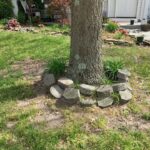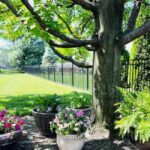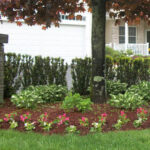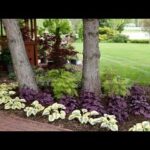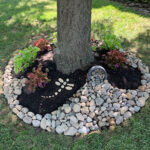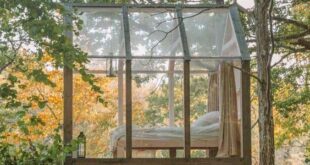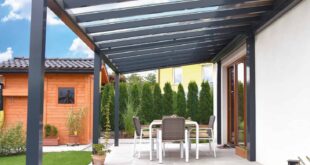Landscaping under trees can present a unique set of challenges and opportunities for homeowners and gardeners alike. While the shade provided by trees can limit the types of plants that can thrive underneath them, it also offers a natural and serene setting for creating a lush and beautiful garden space.
One of the key considerations when landscaping under trees is the amount of sunlight that reaches the area. Most trees cast shade on the ground beneath them, creating a microclimate that may not be suitable for sun-loving plants. It is important to choose plants that thrive in low light conditions, such as ferns, hostas, and coral bells, to ensure they will flourish in the shaded environment.
Another important factor to consider when landscaping under trees is the root system of the tree. Tree roots can compete with other plants for water and nutrients, so it is important to choose plants that have shallow root systems or are able to coexist with the tree roots. Adding a layer of mulch around the base of the tree can help retain moisture and prevent competition from grass or weeds.
When designing a landscape under trees, it is important to consider the overall aesthetic and cohesive look of the space. By choosing plants with different colors, textures, and heights, you can create a visually appealing garden that complements the natural beauty of the tree. Incorporating elements such as rocks, decorative pots, or garden ornaments can also help enhance the overall design of the space.
In addition to plants, pathways and seating areas can also play a key role in landscaping under trees. By adding a meandering path or a cozy bench, you can create a tranquil retreat where you can relax and enjoy the beauty of nature. Incorporating outdoor lighting can also help illuminate the space and create a welcoming atmosphere for evening gatherings or quiet moments of reflection.
Overall, landscaping under trees requires careful planning and thoughtful consideration of the unique challenges and opportunities presented by the shade and root systems of trees. By choosing the right plants, creating a cohesive design, and incorporating elements such as pathways and seating areas, you can transform the space under your trees into a lush and inviting garden that enhances the beauty of your outdoor environment.



